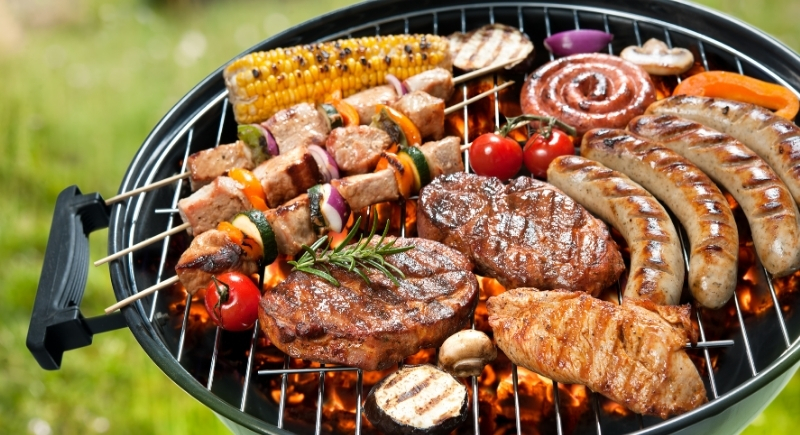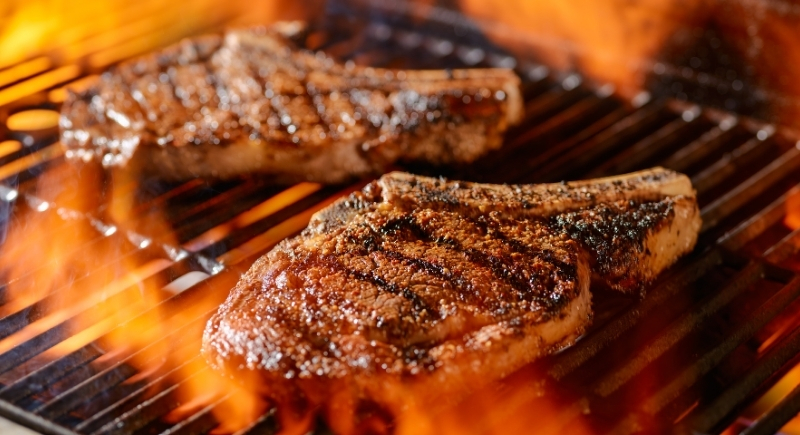One Grilling Mistake is Wrecking Your Meat Every Time
Dry burgers, tough steaks, and pale chicken are usually not the grill’s fault. They come from a simple habit that many home cooks repeat without thinking. Once you understand why this mistake ruins texture and flavor, it becomes easier to get consistently good results. Here is how that habit works and what to do differently so your meat cooks the way you want.
The Cold, Crowded Grill Problem

Image via Getty Images/AlexRaths
Rushing the grill is the real issue. Not giving it real heat, then cramming every corner with food steams meat instead of searing it.
Grill grates need time to get ripping hot all the way across. Gas models usually need at least 10 to 15 minutes on high with the lid closed so the grates and the air inside reach proper cooking temperature. Charcoal needs time until the coals are covered in light gray ash. Skip that step, and the metal is still warming up when your steak goes down.
The second part of the problem is crowding. Packing every inch of space with burgers, sausage, chicken, and skewers drops the overall heat and chokes airflow. Hot air cannot move, moisture lingers around the food, and the grill essentially becomes a steamy box. That is why meat looks pale and wet instead of dark and caramelized, even when it stays over the fire longer.
Give each piece about one to two inches of breathing room. The small gap lets hot air move around each side and keeps the temperature steady instead of swinging all over the place.
Why Heat And Space Decide Flavor
Those dark grill lines and browned edges show that the surface is hit with high heat long enough for amino acids and sugars in the meat to react and build intense flavor. The reaction starts at higher surface temperatures, which only happens when grates are hot and dry.
On a rushed, crowded grill, the surface struggles to reach that sweet spot. Meat sits in its own moisture, so you get a kind of sad poaching effect. The outside dries out, the inside loses juice, and the flavor stays flat.
Simple Fixes That Make You Look Like A Grill Pro

Image via Canva/Joshua Resnick
Light the grill earlier than you think you need. Close the lid, let it preheat, and only start cooking once the thermometer and grates are hot. Skip lighter fluid on ceramic cookers and use a chimney starter or natural cubes so you do not get harsh off flavors.
Next, plan the layout instead of tossing everything on at once. Create at least two heat zones. One side runs hotter for steak and burgers, the other side sits medium for chicken, sausages, or thick veggies. The layout lets you keep space between pieces so the grill can actually do its job.
Cook in batches when hosting a crowd. It feels slower at first, but the food comes out faster because you are not fighting a weak fire. While the first round rests on a warm platter, the next batch hits the grates and moves along smoothly.
Moreover, a few other small habits can help protect all that work. Resist the urge to press down on burgers or steaks with a spatula. This squeezes precious juice right out onto the grates. Give meat a short rest after cooking so juices settle back inside instead of running all over the plate. Respect heat, protect space, and stop rushing the grill.